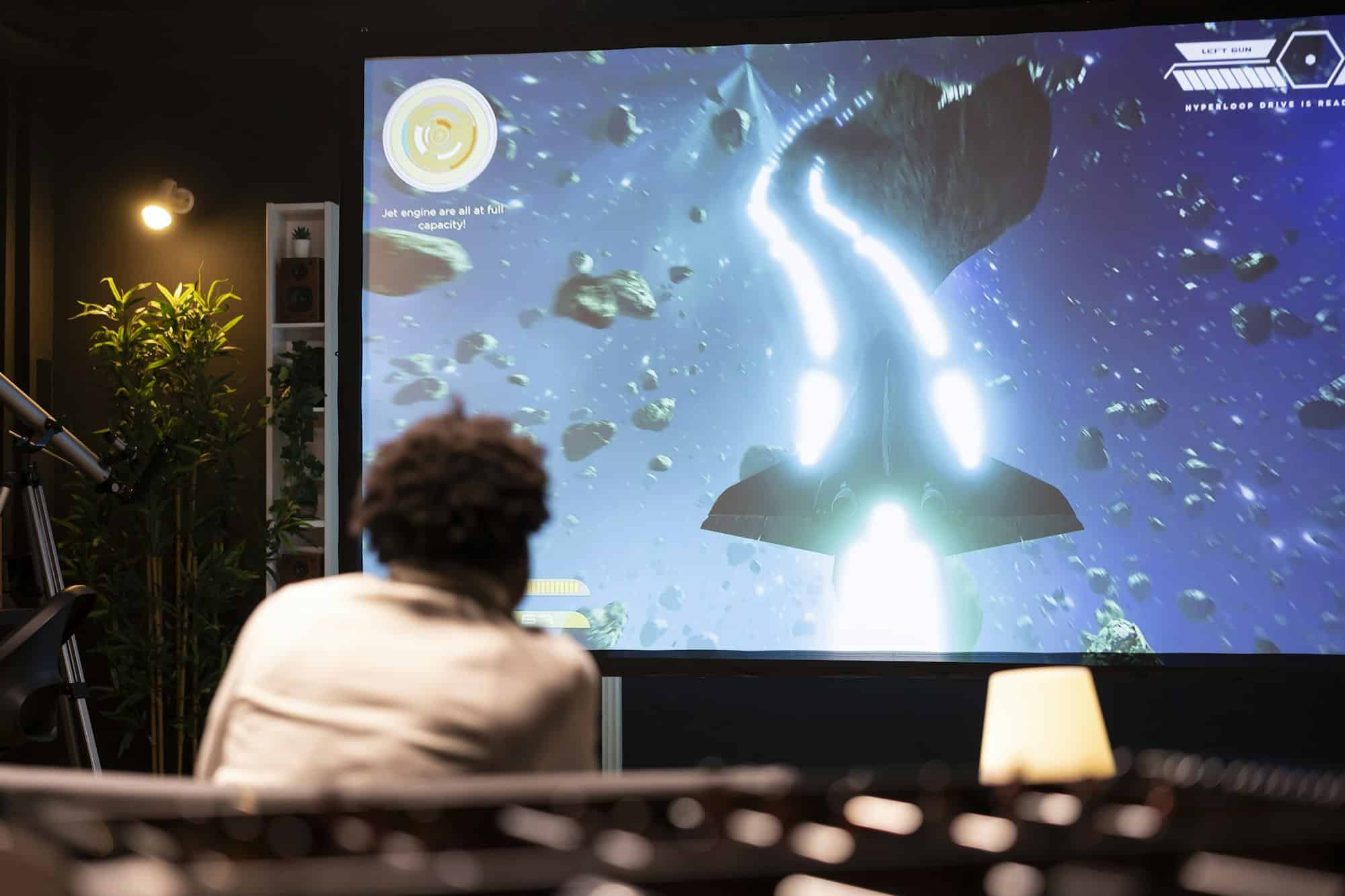
What are the best practices for implementing ray tracing in indie game development?
Ray tracing. It's a term that has been flashing continuously on your screens and spurring chatter in the gaming community. It's a technology that promises to revolutionize the gaming landscape by rendering lifelike graphics with incredible detail. But how does it work? And how can indie game developers leverage this technology in their own creations?
Let's delve deeper into what ray tracing really means, understand its root in the Nvidia graphics engine and RTX hardware, and explore the best practices for implementing this light rendering technique in indie games.
Cela peut vous intéresser : Which cloud computing services offer the most effective solutions for multiplayer game hosting in the UK?
Understanding Ray Tracing
Before you can implement ray tracing, it's crucial to understand what it is and how it works. Ray tracing is a rendering technique used to generate an image by tracing the path of light as pixels in an image plane and simulating the effects of its encounters with virtual objects. This allows for more realistic lighting, shadows, and reflections.
But let's break that down. Imagine a scene in a game. Each point of light in that scene will emit rays. The rays will interact with the objects in the scene, bouncing off surfaces and refracting through transparent objects. The colour and intensity of the light at each pixel is calculated based on these interactions, creating an image that closely mirrors how light behaves in the real world.
Dans le meme genre : Which cloud computing services offer the most effective solutions for multiplayer game hosting in the UK?
The core engine that enables ray tracing is Nvidia’s RTX technology, a hardware solution specifically designed to facilitate real-time ray tracing in games. They unveiled the first gaming graphics card with dedicated ray-tracing hardware in 2018, demonstrating its groundbreaking potential in rendering realistic scenes in real time.
Best Practices for Implementing Ray Tracing
Implementing ray tracing in games can be a demanding task, especially for indie developers with limited resources. But there are ways to make it achievable without compromising the performance of your game.
Prioritize Your Ray Tracing Effects
When implementing ray tracing, it’s essential to prioritize which effects will be most beneficial for your game. Not every part of your scene needs ray-traced lighting to be convincing. Prioritize areas where realistic lighting, shadows, and reflections will greatly enhance the scene. This will save you computational power and time in the rendering process.
Optimize Your Game’s Performance
Ray tracing is a computationally intensive process. It requires a lot of hardware power, especially for high-resolution games. Therefore, you need to optimize your game’s performance to make sure it can handle ray tracing. This could mean using lower resolution textures or simpler models in areas of the game where ray tracing is not used.
Another key point is to always consider the balance between the visual effect and the performance cost of the ray tracing technique. Nvidia's RTX is equipped with a hardware-based solution to this problem - Deep Learning Super Sampling (DLSS). DLSS uses AI to upscale lower-resolution images in real time, providing the visual benefits of high-resolution graphics without the performance cost.
Understand Your Hardware
It's also important to have a deep understanding of the hardware that you're working with. Nvidia's RTX technology is the first to offer real-time ray tracing, but there are different models available, each with varying performance capabilities. Understanding the capabilities and limitations of the hardware will help you optimize your game for the best performance.
Leverage Engine Support
Even though ray tracing is hardware-intensive, it's not something that you need to code from scratch. Several game engines, including Unity and Unreal Engine, have built-in support for ray tracing.
Using a game engine that supports ray tracing can greatly simplify the process. They have tools and features that can help you implement ray tracing in your games, such as pre-built ray tracing shaders and effects, debugging tools, performance profiling, and more.
Prepare for the Future
As we look to the future, ray tracing is set to become more accessible for game developers of all levels, including indies. The hardware and software tools that support ray tracing continue to evolve, making it easier to implement and optimize.
With the right knowledge and tools, indie developers can harness the power of ray tracing to create games with stunning, lifelike graphics. So, start preparing now. Dive into the deep end of ray tracing and experience the benefits it has to offer. With this guide at your disposal, you're already one step ahead in the game development journey.
Hardware and Software Tools for Ray Tracing
To tap into the power of ray tracing, developers must familiarize themselves with the hardware and software tools available at their disposal. This includes understanding the capabilities of Nvidia’s RTX technology and learning how to utilize game engines that support ray tracing, such as Unity and Unreal Engine.
The Nvidia RTX series of graphics cards come equipped with specialized ray-tracing hardware, enabling real-time ray tracing in games. The RTX series has multiple models with diverse performance capabilities. Some models might be better suited for simpler indie games, while others are capable of handling more graphically intensive games. Understanding the specific capabilities and limitations of the different RTX models is crucial for optimizing your game for the best performance.
On the software side, both Unity and Unreal Engine provide robust support for ray tracing. They are equipped with pre-built ray tracing shaders and effects, debugging tools, performance profiling, and more. These game engines also simplify the process of implementing ray tracing, allowing developers to create lifelike graphics without having to code everything from scratch.
For those looking to push the limits of ray tracing, there are more advanced tools available as well. The open-source Nvidia July library provides a collection of tracing gems that developers can use to implement complex ray tracing effects. These tools are perfect for developers who want to dive deep into the world of ray tracing and truly understand how to manipulate light sources, hit shaders, and other elements to create stunning graphics.
Conclusion: The Future of Indie Game Development with Ray Tracing
The future of indie game development is intrinsically intertwined with the evolution of real-time ray tracing technology. As hardware and software tools become more sophisticated and accessible, indie game developers will have more opportunities to utilize ray tracing to enhance their games' visual fidelity.
From improved global illumination to more realistic light ray interactions, ray tracing opens up a world of possibilities for game developers to create immersive and visually stunning games. Implementing ray tracing in your game is no longer an unattainable goal; with the right tools and understanding, any indie developer can create a game that rivals those of big studios in terms of visual quality.
However, it's essential to remember that ray tracing is not just about creating beautiful graphics; it's about enhancing the overall gaming experience. When used correctly, ray tracing can contribute to creating a more immersive world, enabling players to lose themselves in the gaming experience.
As technology continues to evolve and real-time ray tracing becomes more mainstream, indie developers who have mastered this technology will undoubtedly be at the forefront of the gaming industry. So, brace yourself for the future of game development where ray tracing is the norm, not the exception. With this guide in your arsenal, you are well on your way to mastering the art of ray tracing in indie game development.
